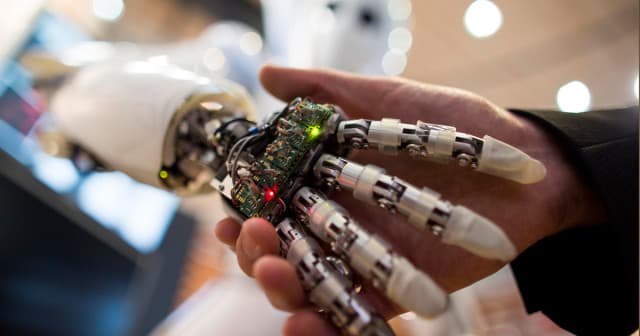The Future of Machine Intelligence is a free collection of 10 interviews machine learning experts filed by David Beyer. The interviews explain exactly where we are with the state-of-the-art, the challenges to advanced machine learning, and some of the applications.
In the last interview, Oriol Vinyals, a research scientist at Google, describes sequence-to-sequence machine learning, a form of artificial intelligence that has been used to create descriptions of images, and could be used to summarize a 20 minute video into four descriptive sentences. In fact, this summarization ability isn’t limited to graphical content:
Perhaps five years is pushing it, but the notion of a machine reading a book for comprehension is not too distant. In a similar vein, we should expect to see machines that answer questions by learning from the data, rather than following given rule sets. Right now, if I ask you a question, you go to Google and begin your search; after some number of iterations, you might return with an answer. Just like you, machines should be able to run down an answer in response to some question.
What do we do with computers that understood books and movies and images, and summarize them well? The amount of content we are generating is increasing exponentially. Perhaps this type of intelligence will help us make sense of it all.
In Chapter 5, Benjamin Recht an associate professor computer science and statistics at Berkeley compares and contrasts control theory with machine learning.
Control theory was my favorite subject in school. One of my final exams in graduate school was to develop an algorithm to automatically pilot a Boeing 747 by using information from the sensors on the wings and nose of the plane about turbulence and moving the ailerons and rudder in response. We would model real world objects as a collection of spring-mass dampers, and unlike traditional machine learning, we were most concerned with developing robust models that would avoid plane crashes.
As the world of machine learning moves further and further into the real world, with self driving cars and drone collision avoidance systems, Recht points out the importance of blending control theory and machine learning techniques techniques to develop the right types of artificial intelligence for these applications.
The Future of Machine Intelligence is a 90 page breeze of a read that conveys the breadth of applications of machine learning and the barriers to greater adoption across many disciplines.
